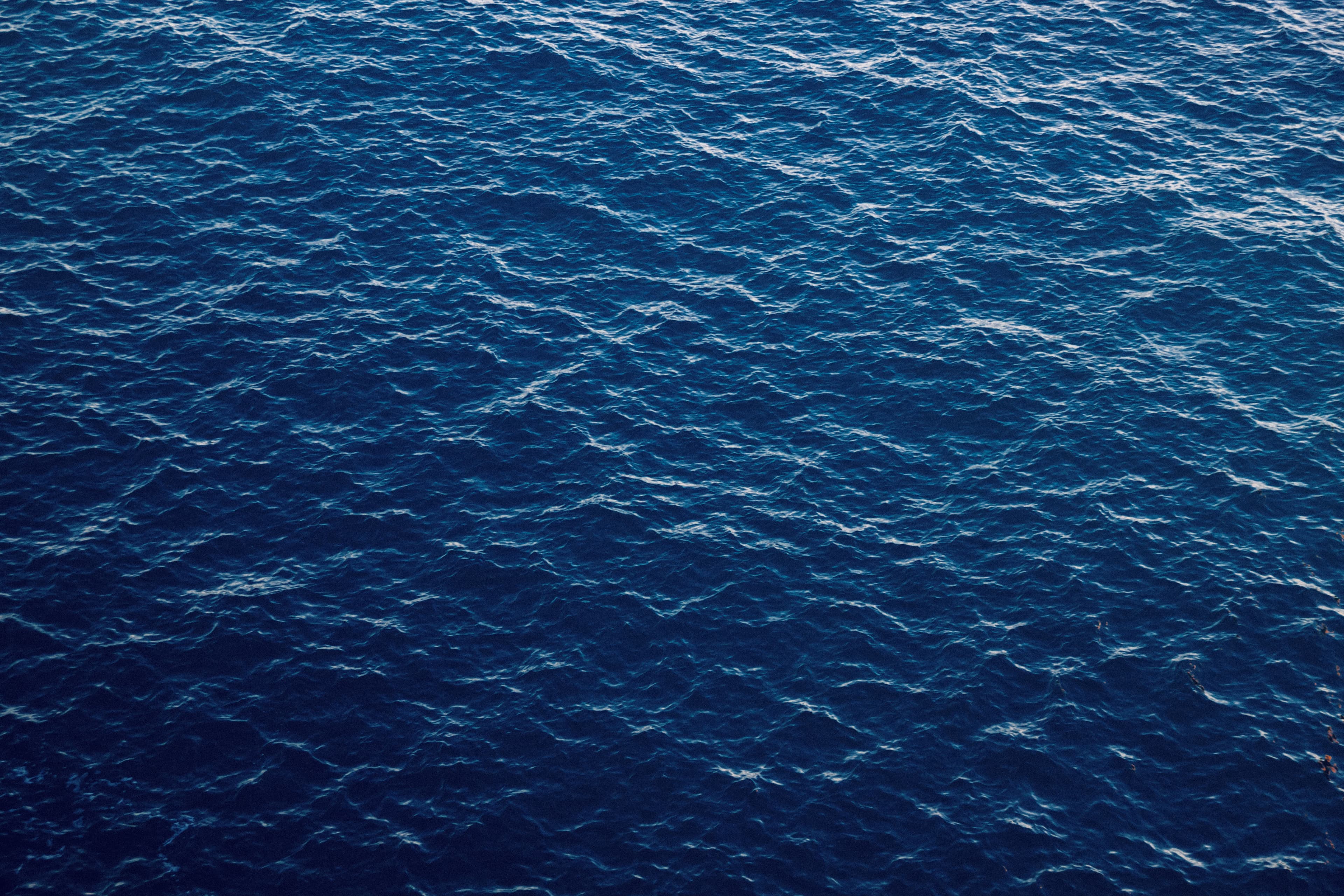
How Does a Dynamic Positioning System Operate?
Dynamic Positioning (DP) systems are a marvel of modern maritime technology, blending the precision of computer algorithms with the power of mechanical systems to keep vessels stationary at sea, despite the forces of nature. Let's dive into how these systems work and why they're so crucial in today's maritime operations.
Understanding the Basics
At its core, a DP system automatically maintains a vessel's position and orientation by using its own propellers and thrusters. This system is particularly valuable for operations where anchoring is impractical, such as deep-sea oil drilling, underwater cable laying, or scientific research in delicate marine environments.
Key Components of DP Systems
-
Sensors: These include GPS for position, gyrocompasses for orientation, and wind sensors. They continuously feed data about the vessel's position and the environmental conditions it faces.
-
DP Computer System: The heart of the operation, this computer processes data from the sensors and calculates the necessary adjustments to maintain the vessel's position and heading.
-
Thrusters and Propulsion Units: Based on the computer’s commands, these units adjust their speed and direction to counteract the wind, waves, and current.
How It All Comes Together
-
Initial Positioning: First, the vessel reaches its designated location using traditional navigation methods.
-
Activation and Monitoring: Once in position, the DP system is activated. The sensors start monitoring real-time environmental conditions and the vessel’s position.
-
Dynamic Adjustments: The DP system continuously calculates and recalculates the required thrust to maintain position. For example, if a strong wind pushes the vessel off its spot, the system automatically commands the thrusters to counteract this force.
-
Precision and Safety: The accuracy of DP systems is remarkable, often maintaining positions within a few meters. This precision is crucial for operations near oil rigs or delicate marine ecosystems, where a small drift can have significant consequences.
The Human Element
Despite its advanced technology, the DP system doesn't eliminate the need for skilled human operators. DP operators monitor the system, intervene in case of malfunctions, and make critical decisions during complex operations.
The Future of DP Systems
With advancements in technology, DP systems are becoming more sophisticated. Integration with AI and machine learning could further enhance their predictive capabilities, leading to even safer and more efficient maritime operations.
In conclusion, Dynamic Positioning systems represent a significant leap in maritime technology. By integrating advanced sensors, computer algorithms, and mechanical prowess, they enable vessels to perform complex tasks with remarkable precision and safety. As technology evolves, so will the capabilities and applications of these impressive systems, continuing to revolutionize the maritime industry.